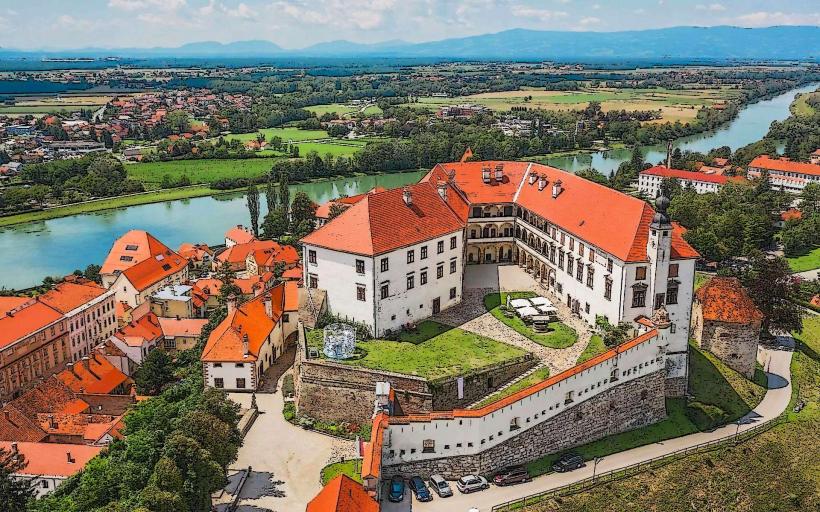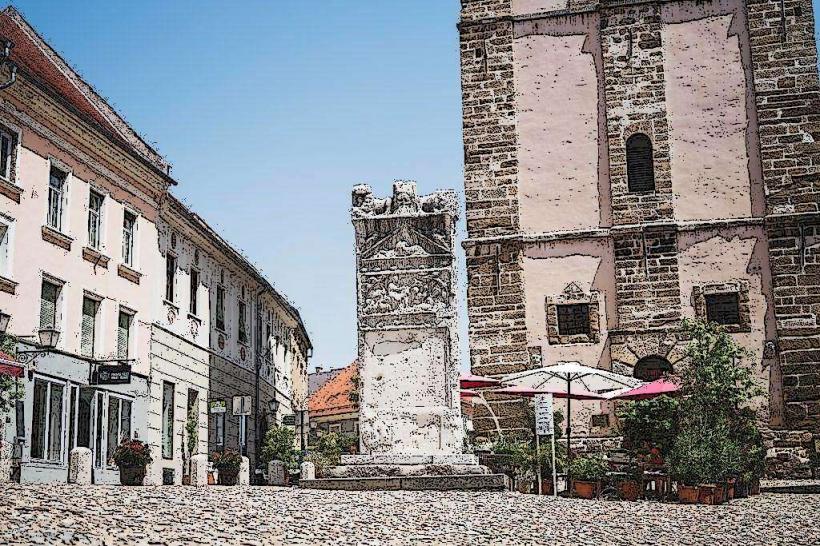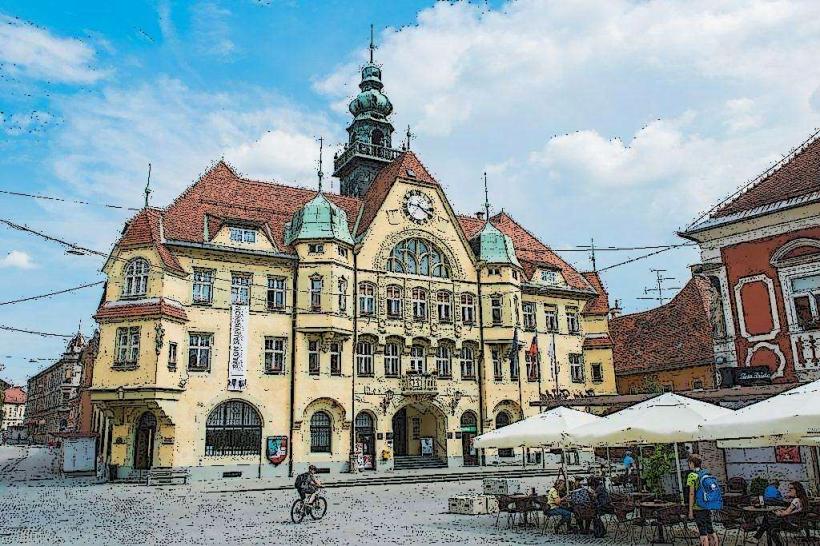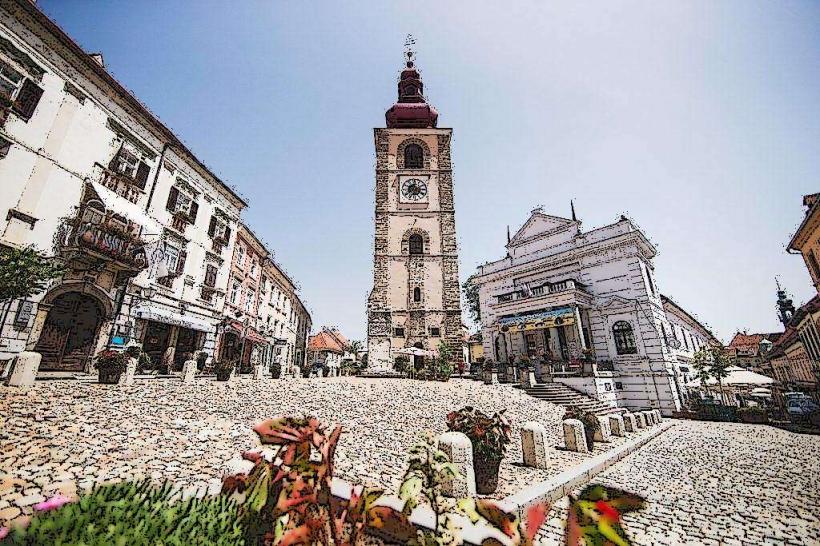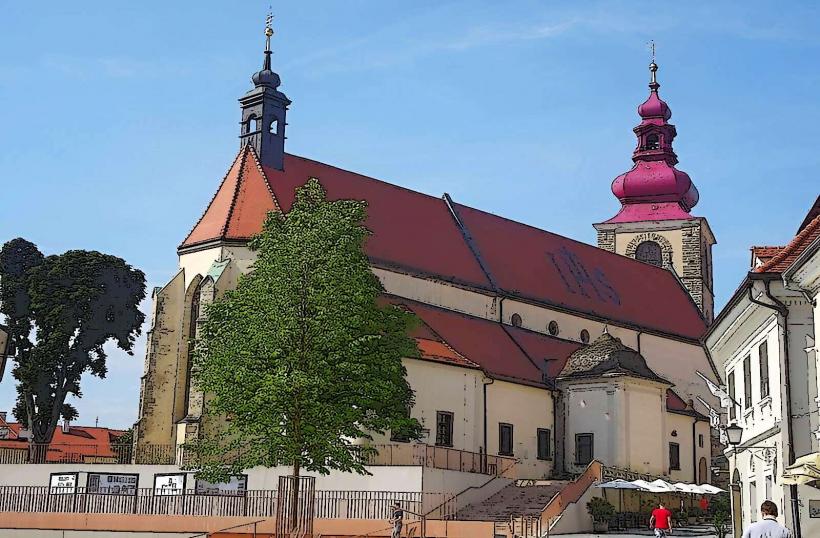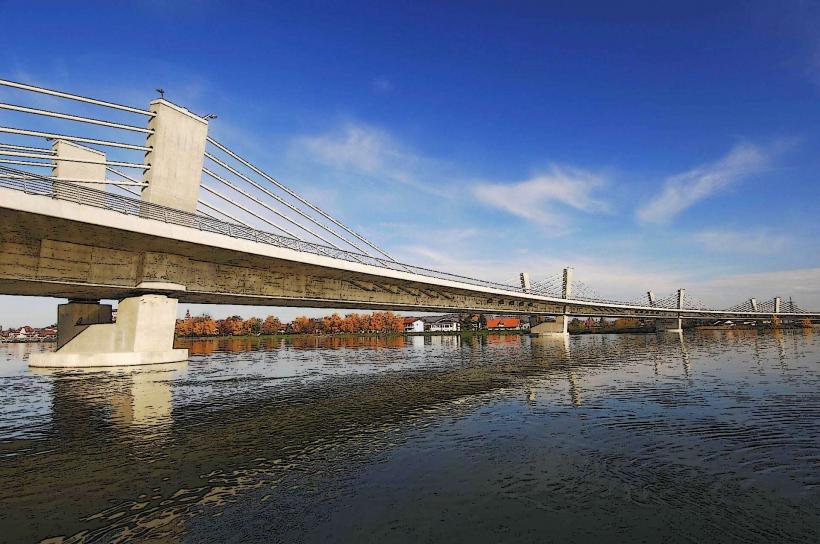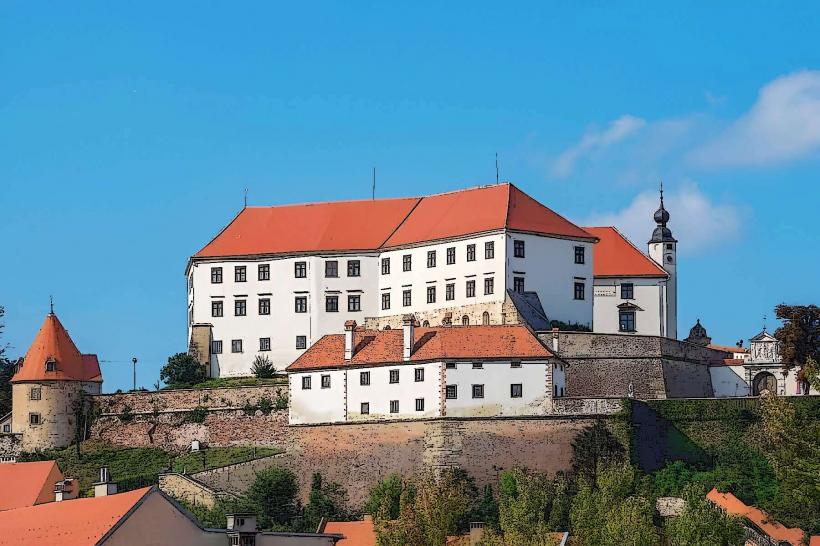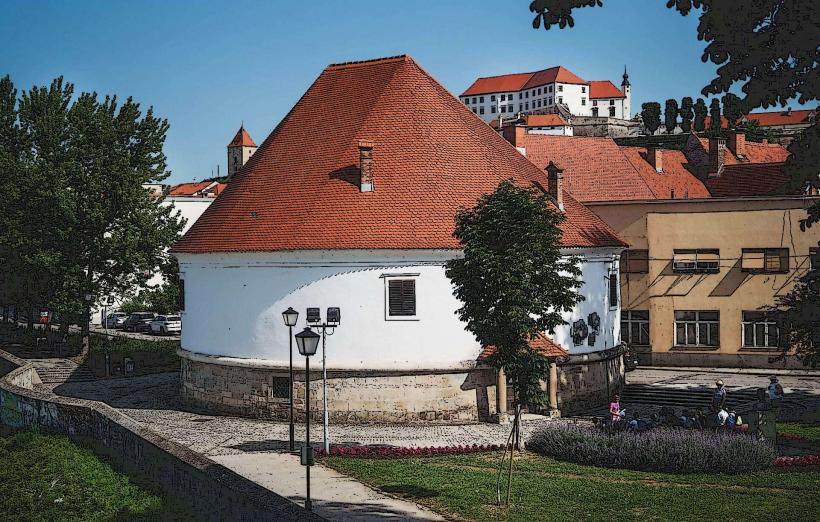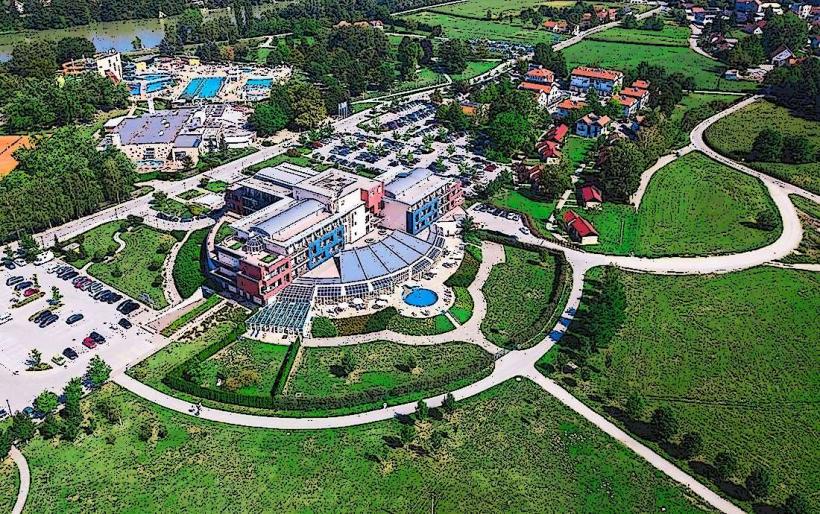Information
Landmark: Dominican MonasteryCity: Ptuj
Country: Slovenia
Continent: Europe
The Dominican Monastery (Dominikanski samostan) in Ptuj, Slovenia, is a historically significant religious complex that has played a central role in the spiritual and cultural life of the town. Established in the 13th century, this monastery was one of the earliest foundations of the Dominican order in Slovenia, and it remains an important cultural and architectural landmark today.
Historical Background
Foundation and Purpose:
- The Dominican Monastery was founded around 1230 by the Dominican Order (Order of Preachers), an order established by Saint Dominic in the early 13th century.
- The Dominican Order was dedicated to preaching, teaching, and combating heresy, and the Ptuj monastery was part of the broader network of Dominican centers in Central Europe.
Medieval and Baroque Influences:
- Originally built in the Gothic style, the monastery underwent numerous changes and additions in the Baroque period.
- The church and the cloister reflect a blend of these styles, with Gothic elements visible in the architecture, while Baroque touches can be seen in the altarpieces and interior decoration.
Role in the Community:
- The Dominican friars were active in education, establishing one of the earliest schools in Ptuj.
- They also played a role in the religious and cultural life of the region, particularly in providing spiritual care to the local community.
Later Years:
- The monastery was suppressed during the Austrian Empire's secularization policies in the 18th century, which led to the decline of monastic life.
- It was later restored and became a museum and cultural venue in modern times, preserving its historical legacy.
Architectural Features
Gothic Beginnings:
- The monastery was originally built in the Gothic style, characterized by its pointed arches, ribbed vaults, and large windows.
- The church, with its tall, slender proportions, is an excellent example of Gothic ecclesiastical architecture in Slovenia.
Baroque Modifications:
- In the 17th century, the church and monastery were renovated in the Baroque style, which is visible in the altar, frescoes, and decorative elements.
- The Baroque altar in the church is one of the standout features, with intricate carvings and gilded accents.
Cloisters and Courtyards:
- The monastery includes a peaceful cloister with a central courtyard, which was traditionally used for meditation and prayer.
- The arcades of the cloister are elegant, with simple yet refined arches that create a tranquil atmosphere.
Church Interior:
- The interior of the church is adorned with Baroque frescoes and altarpieces, highlighting religious themes and offering a glimpse into the artistic tastes of the period.
- The ceiling frescoes are particularly striking, depicting biblical scenes with vibrant colors.
Cultural and Religious Significance
Educational Legacy:
- The Dominican Monastery was known for its commitment to education. It hosted schools, including a Latin school that played an important role in the town’s intellectual life.
- Today, the monastery is an important venue for cultural events and educational activities, preserving its legacy as a center of learning.
Religious Heritage:
- The monastery is a significant site for the local Catholic community, serving as a place of worship and spiritual reflection.
- The church continues to host Masses, devotions, and other religious services.
Museum and Cultural Venue:
- Today, the Dominican Monastery houses parts of the Ptuj-Ormož Regional Museum, which showcases historical exhibits, religious artifacts, and art from the medieval and Baroque periods.
- The museum is an important resource for those interested in the history of Ptuj and the Dominican Order.
Visiting the Dominican Monastery
Location:
- The monastery is located in the center of Ptuj, near the town’s main square and other historical landmarks.
- It is easy to reach by foot from the town’s central attractions, such as the Orpheus Monument and Ptuj Castle.
Opening Hours:
- The monastery and museum are typically open throughout the week, though it's advisable to check the opening hours in advance, especially for special events or religious services.
Admission:
- There is usually a small entrance fee to visit the museum, with discounts available for students, seniors, and groups.
Cultural Events:
- The monastery hosts cultural and religious events throughout the year, including concerts, lectures, and art exhibitions.
Nearby Attractions
- Ptuj Castle:
- A must-visit nearby landmark, offering a deep dive into Ptuj’s history through its museum exhibits and medieval architecture.
- Ptuj Town Square:
- A picturesque area filled with historical buildings, cafes, and shops, perfect for exploring after visiting the monastery.
- Drava River:
- Enjoy riverside walks or boat tours along the scenic Drava River, located near the monastery.
Why Visit?
The Dominican Monastery in Ptuj offers a unique combination of history, religion, and art. Its fascinating architecture, rich educational legacy, and role in the cultural life of Ptuj make it a must-see destination for anyone interested in Slovenia’s religious and medieval heritage.

